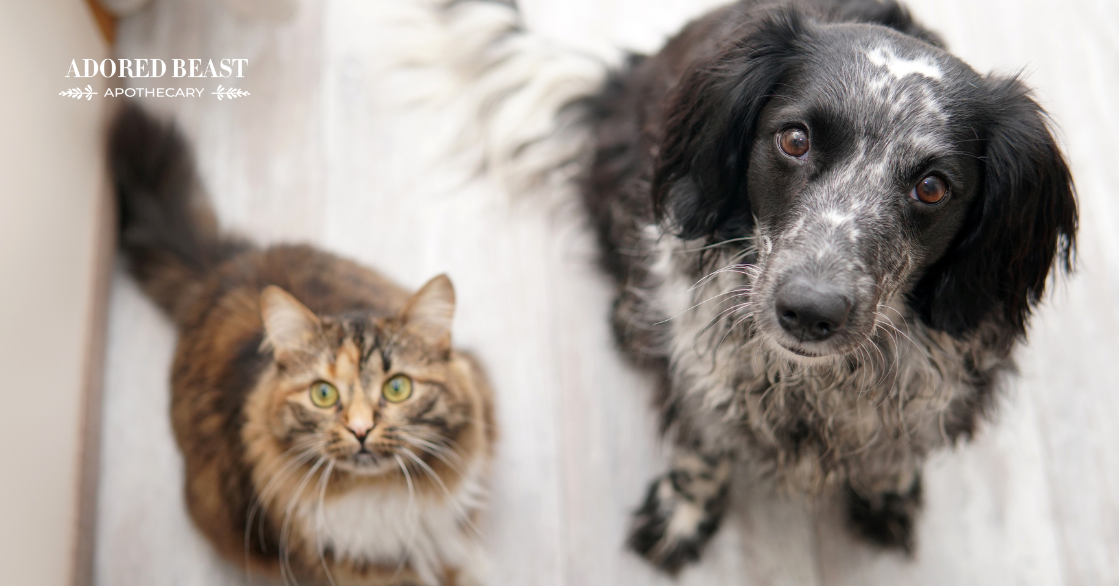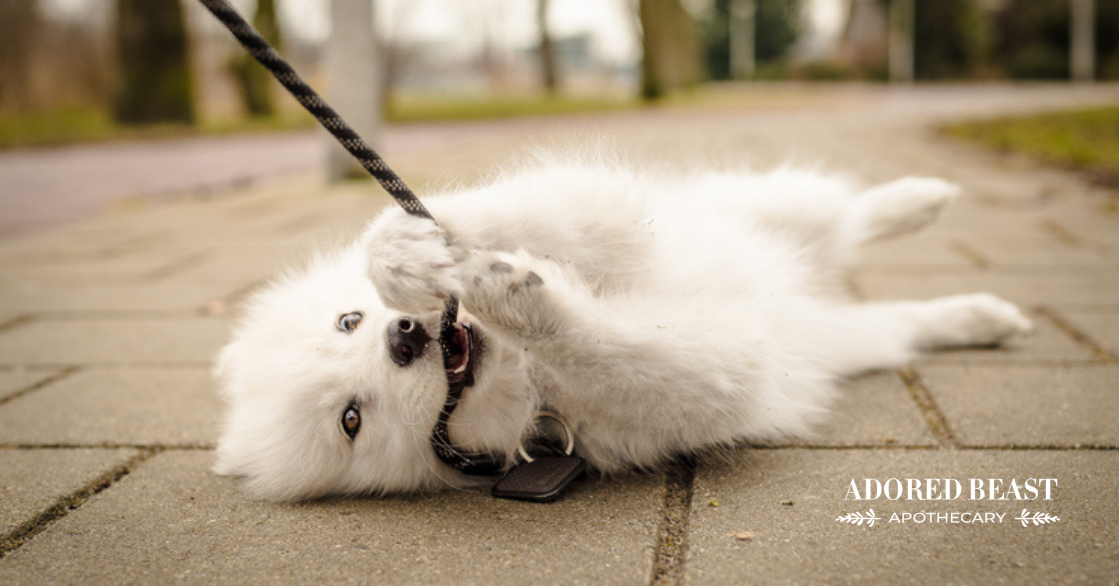According to a recent survey by the American Pet Products Association (APPA), 70% of US households have a pet. That’s a lot of cats and dogs…
And a lot of savvy pet parents: the survey also found that 51% of owners said they were willing to pay more for “ethically sourced” and “eco-friendly” pet products.
For an industry that is estimated to have surpassed $100 billion in 2020 in the US alone, it’s no surprise that many pet companies are attempting to capture that 51%…
And that’s just one element of what makes sourcing safe pet products so important!
Why It Matters
Simply put, sourcing matters because our pets’ health matters. As conscientious pet parents, we do our very best to ensure everything that goes into our pets is safe.
And we don’t just mean pet safe, but also planet safe. As the survey results show, many pet parents are earth conscious, and are willing to spend more to ensure their products are earth friendly…
And manufacturers know that. There are many different marketing tactics employed to cater to that discerning group of pet parents looking for the very best. Some are good – they highlight the lengths some companies go to to deliver the very best. Some are not so good – “greenwashing” or the issue with the term “Natural” are just 2 examples.
Now, we’re a manufacturer, so of course we have skin in the game here. But we like to think we’re about as transparent with our processes and sourcing as you can get. We tell it like it is.
But that doesn’t ring true for the majority of companies out there (human and pet!). And it’s worrisome.
So, if you want to better understand how to read labels and know the ins and outs of sourcing safe pet products, what do you need to know?
We’re so glad you asked!!
Tips for Sourcing Safe Pet Products
These things are some of the most important things to consider when sourcing safe pet products.
Be Wary of Greenwashing
Greenwashing is when a company claims to be environmentally conscious for marketing purposes but isn’t actually doing anything notable for the environment, or to ensure their products are environmentally friendly.
Take the word sustainable as the perfect example. When it comes to consumable products, the true meaning of sustainable is the ability of something to be used as a resource with 0% depletion or damage of the natural world. In the best case scenarios, the product actually “gives back” to the environment, providing resources for expansion and growth of natural systems.
In a perfect world, if a product is considered sustainable, that means that it is sustainable for the environment. However, that’s not always the case. A sustainable herb can mean that it’s sustainable for a company, but not sustainable for the environment. Fish oil is another perfect example. Many companies claim their fish oil is sustainable, but the rate at which we’re removing fish from the oceans is completely unsustainable. And the impacts from both fresh fish farming and farmed fishing are negative on so many levels. (Read more on that here.)
Where Do Ingredients Actually Come From?
This is a biggie.
So, so many products are “Made in Canada,” or “Made in the USA,” or Made in Australia,” etc.
And people look for those markers on packaging as a sign that something is of higher quality.
But, if something says “Made in Canada” or “Made in the US” all that means is it could be that the jar is just filled with a powder formula or tincture or simply put in a box in that country. It doesn’t mean the ingredients necessarily come from there. Those could be grown anywhere in the world and then if it’s manufactured in Canada, it can say “Made in Canada.”
To help with this, look for a certificate of analysis with the country of origin.
Why this matters: some countries have very strict rules when it comes to farming, or growing, or labeling products a certain way. Others, well, don’t. You want to be sure that the ingredients you’re feeding to your pet are as clean as possible, and have been grown or processed in a way that makes them safe for your animal.
Now, this isn’t necessarily a bad thing!
For example, some of the highest-quality venison and lamb come from New Zealand. And conscientious manufacturers know this. Wanting to provide the highest-quality ingredients, they source from these farms. So just because something doesn’t come from your country, does’t mean it’s no good! You just need to know so that you can better research.
Reading the Ingredient List
Did you know that the first ingredient listed on a product is actually the largest ingredient in the product? Ingredients are listed according to their concentration in a product, so if you’re reading that list, keep that in mind. You want to be sure that the best ingredients, the most whole or natural, are at the beginning, rather than the end. A product can say things like “contains real chicken” or “contains dandelion root” but if these items are at the end of a long list of other, less desirable ingredients, they’re far less numerous in there.
But that’s ONLY if they are following Health Canada or FDA – otherwise they can put it where they want! So, if silicone dioxide is the first or second highest ingredient as far as concentration, it still could be on the bottom.
Also, it’s important to understand that the word organic can be problematic. Something can be called “Organic” when only a few of the ingredients are actually organic. Even just one means a manufacturer can call something organic. Read the labels to see which ingredients are actually organic!
How it’s Made
When you’re sourcing safe pet products, you also want to check our how a product is made. There are so many different manufacturing processes, and they’re not all the same when it comes to quality or cleanliness.
For example, have the ingredients been cleaned or extracted using chemicals? Or are there other ingredients used in the manufacturing process? For example, herbs are often sprayed onto maltodextrin or another excipient to turn the herb into a powder.
You want to be clear on exactly when went into the creation of the end product, and what will inevitably be making its way into your pet!
When it comes to sourcing safe pet products, there’s a lot to think about. It is NOT an easy task for companies. We have a full time team member who does only that – deep dives into every ingredient. They look at how it’s grown the the environmental practices that a company uses to harvest and produce. You want to be sure you’re doing right by your animal, and the planet. Knowing a few of the tricks companies use to make their products seem “natural” or “green” will help you make better choices. And in the end, that’s the best we can do for our beloved animals – our pets, and every other species on this earth. 💚












![[RESEARCH] Is Herbicide Safe for Dogs?](https://blog.adoredbeast.com/wp-content/uploads/2025/06/herbicides-safe-for-dogs-103x55.png)